When Dan Gibson first publicly released his earliest qibla data in his 2011 book Qur’anic Geography, he received all manner of responses. Now, after a decade of writing, filming, and studying early Islamic qiblas, the breadth of responses to his database has only expanded. People are emotionally invested in Islamic history. People are ideologically invested in Islamic history. The early Islamic qibla data, because it appears to tell a different story than the traditional account, can be provocative.
When it comes to Muslim responses to his data, most Muslims initially react negatively to all of Dan’s research—including the data. They find it impossible. As a particular Muslim woman once told Dan, “this is impossible and you shouldn’t even be able to ask the questions you’re asking.”
But Dan has also observed that Muslim responses often change and develop. The same woman later told Dan, “I’ve checked everything out and you haven’t lied. You are presenting what you’re finding.” The traditional Islamic narrative was fixed a thousand years ago. It’s difficult to accept an archaeological dataset which differs in some ways from the long-standing Islamic narrative.
Challenging this narrative is Dan Gibson, a man without PhDs in Islamics, degrees in qibla studies, or any of the credentials one might expect to be behind a discovery of this magnitude. Dan is simply a man who noticed that the earliest mosques tell a different story than tradition.
Dan expects to receive strong rejection when he first presents his data to Muslims. That’s a normal reaction. But often, when Muslims sincerely investigate his database, they find that it is as the woman we mentioned observed. He’s presenting his findings.
To help his audience engage with his dataset, Dan developed the Online Qibla Tool. The Qibla Tool provides a graphical interface which clearly demonstrates the qiblas of the early mosques and offers points of comparison with other known qiblas, including Mecca in the Hijaz. So too Dan has developed numerous maps, videos, and articles on his website to help people better understand his qibla data.
For that same reason, even Dan’s latest book, Let the Stones Speak, is available as a free ebook alongside a paid hardcover release. Dan wants people to have access to his work so they may give his data a chance. He’s been working on his database for 13 years.
Dan’s academic critics will often criticism him for small details, his writing, honest errors, or even mispronunciations in his videos. Very seldom have any of his critics criticized his database. This is curious because Dan’s measurements are all easily testable. But, criticizing Dan’s theories, and even ad homonym attacks against him personally, are usually softer targets than his data.
Dr. David A. King has been particularly hostile to Dan’s work, and has written about Dan to an absurd extent. Early in King’s criticism of Dan, King was dismissive of the value of Dan’s database. Recently, he’s written that there is “nothing wrong with Gibson’s data.”(1) Dr. King further wrote: “do Gibson’s earliest mosque face Petra as he claims they do? They do indeed; the numbers speak for themselves” (2) and even went as far as to compliment Dan’s measurements’ “commendable accuracy.” (3) Dr. King fundamentally disagrees with Dan on the interpretation of Dan’s database, and is not above petty attacks on Dan personally. Yet it is clear: even Dan’s greatest critics know his database is reliable.
Other scholars have used Dan’s database to conduct studies. Dr. Walter R. Schumm conducted a statistical study of Dan’s database. Dan did not even know Schumm was working on this project until the paper was published. Because Dan’s database is based on measurements and testable data it is a fertile area for study for mathematicians and statisticians. Dr. Schumm and Zvi Goldstein continued to study Dan’s qibla data and published a second article on the subject, and even graciously contributed a chapter to Let the Stones Speak.
Another scholar, Peter Harremoës, studied Dan’s database using rate distortion theory. In all cases, Dan’s database has been a useful object of study, and Dan’s explanation of the data has proved statistically sound.
Dan identifies that his strong point is the field research: collecting and organizing the raw data, all the way back to when he was physically standing by the ruins of mosques with a GPS in hand. For these scholars, their strength is in analyzing data, and they are able to do more with Dan’s database than Dan would be able to do on his own.
As for Dr. King, he was perhaps the sole scholar who had an explanation for the disparate early qiblas before Dan started his research. Because King had a preconceived explanation, and a stake in the discourse, he has been absolutely resistant to Dan’s work, and has worked with remarkable dedication to discredit Dan. Dr. King shares this issue of preconception with many Muslims.
Still, Muslims have often proved amenable to the data. As further readers and scholars choose to let the stones speak, perhaps other critics will recognize the importance of Dan Gibson’s work as well.
References:
King, Historical mosque orientations, 937.
King, Historical mosque orientations, 954.
King, Historical mosque orientations, 1002.
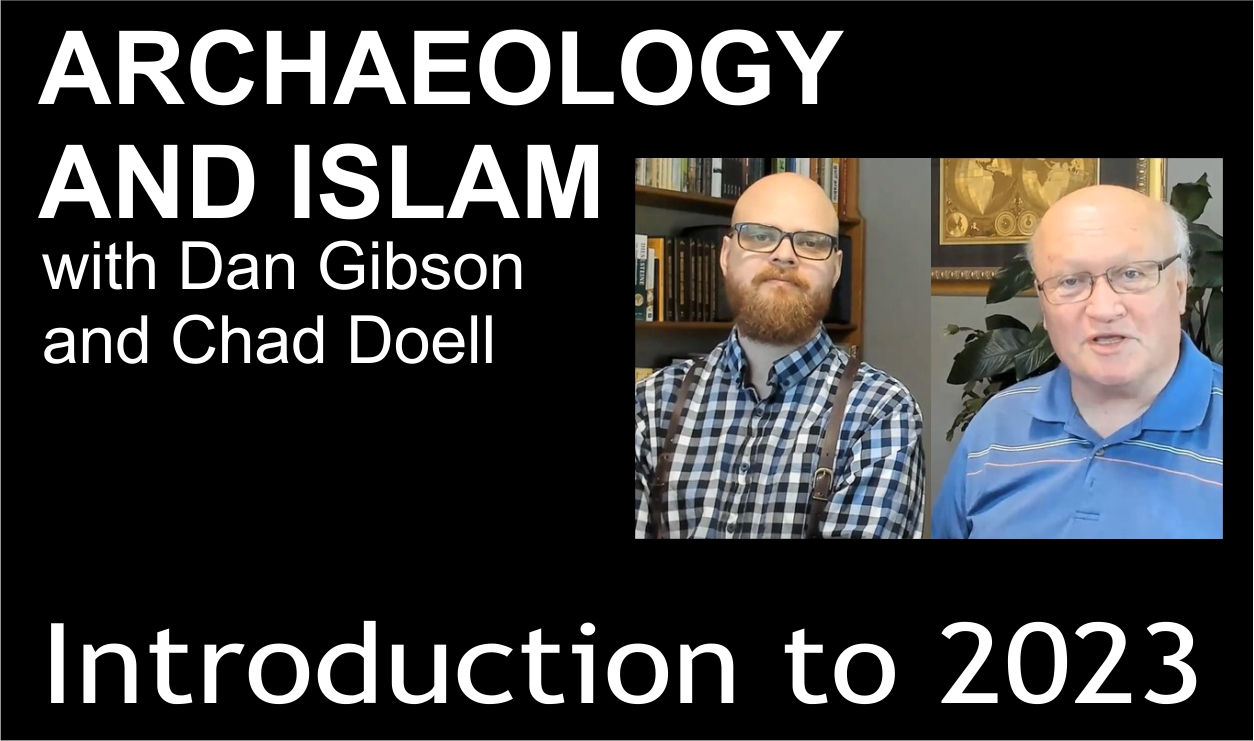
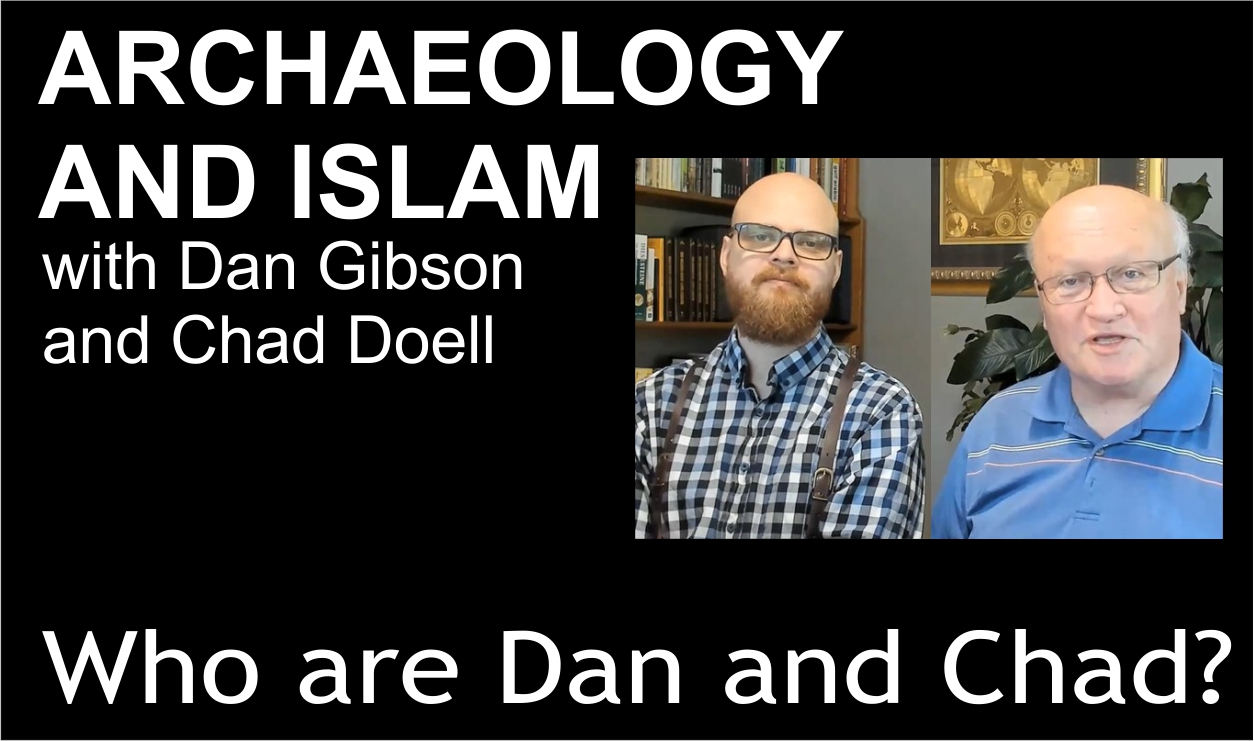
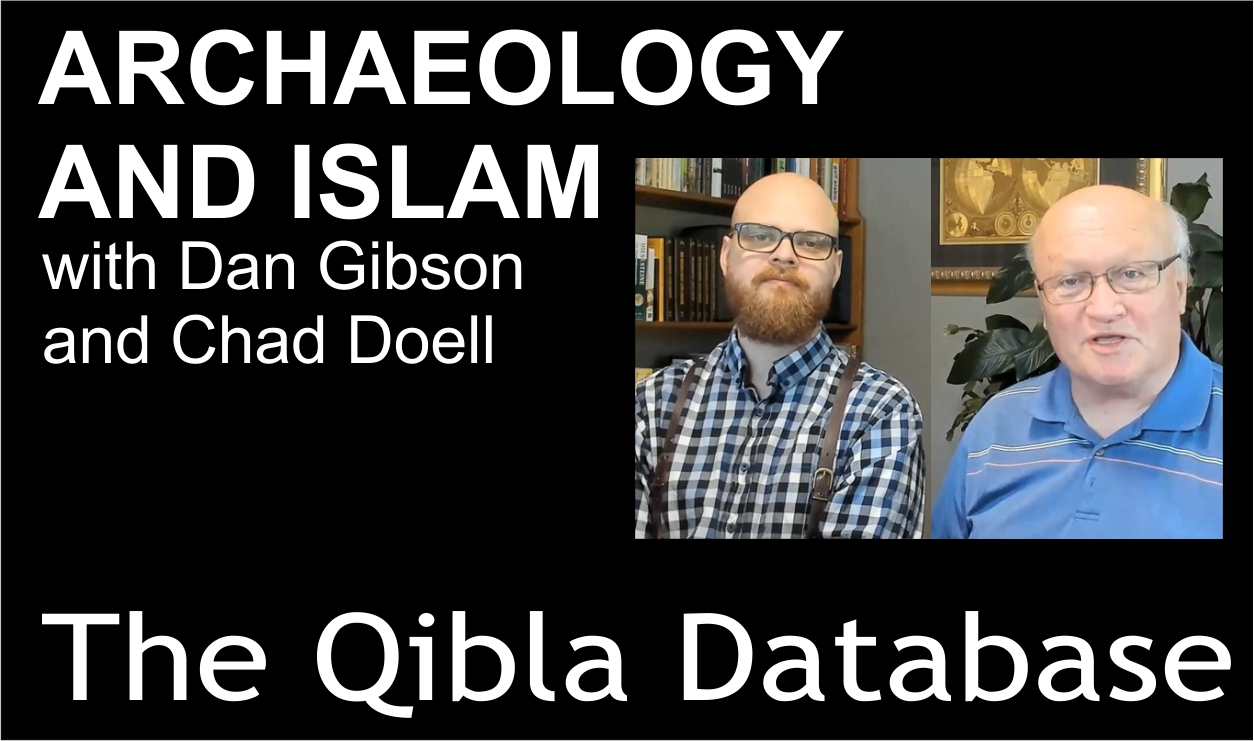

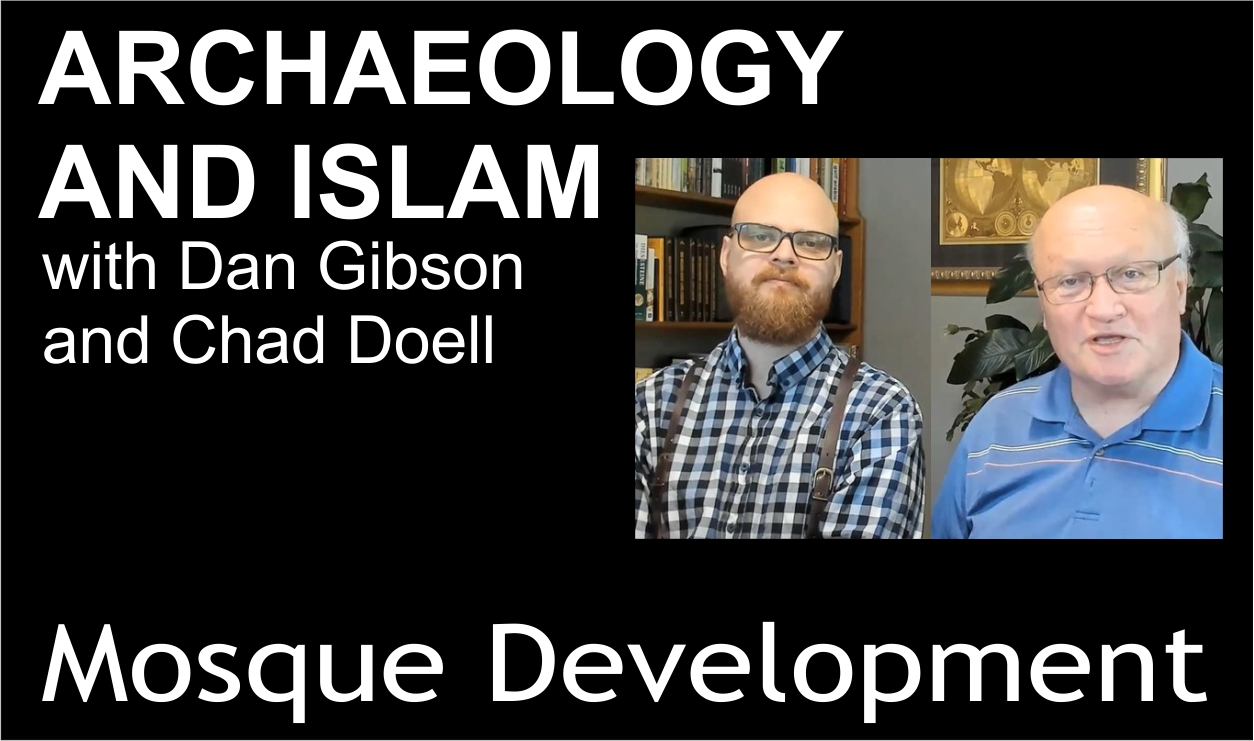
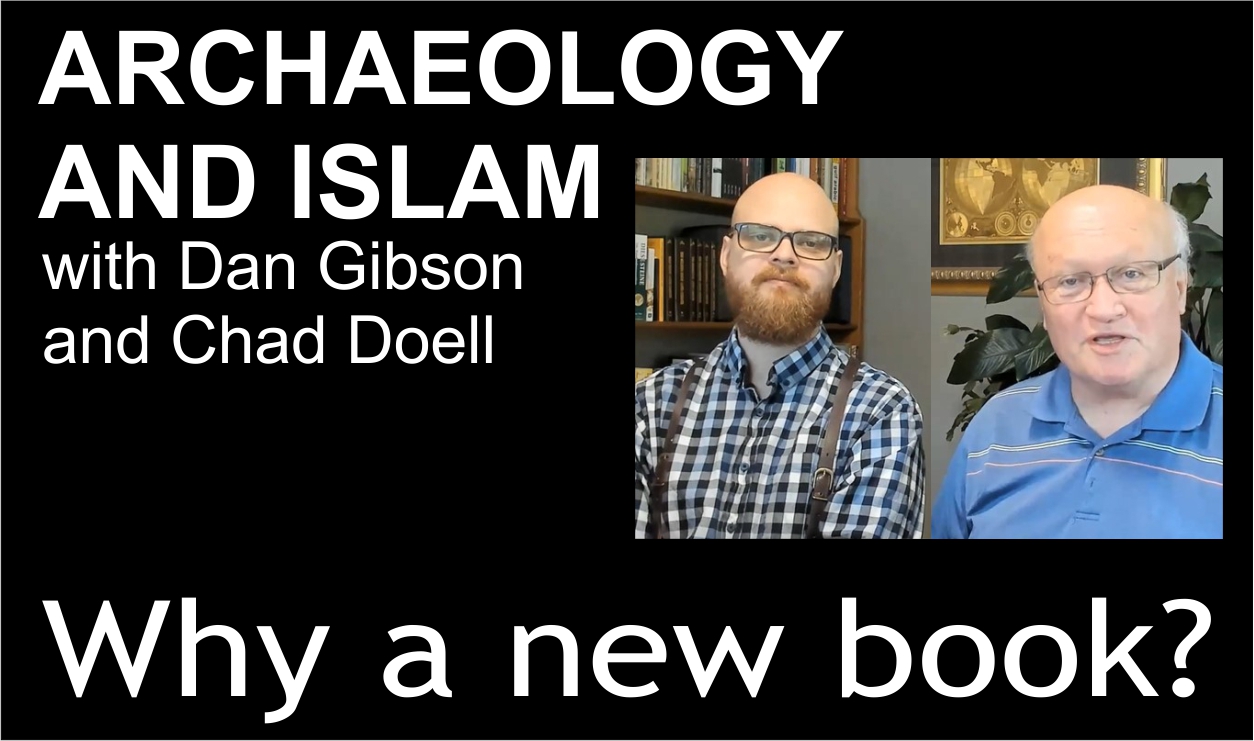
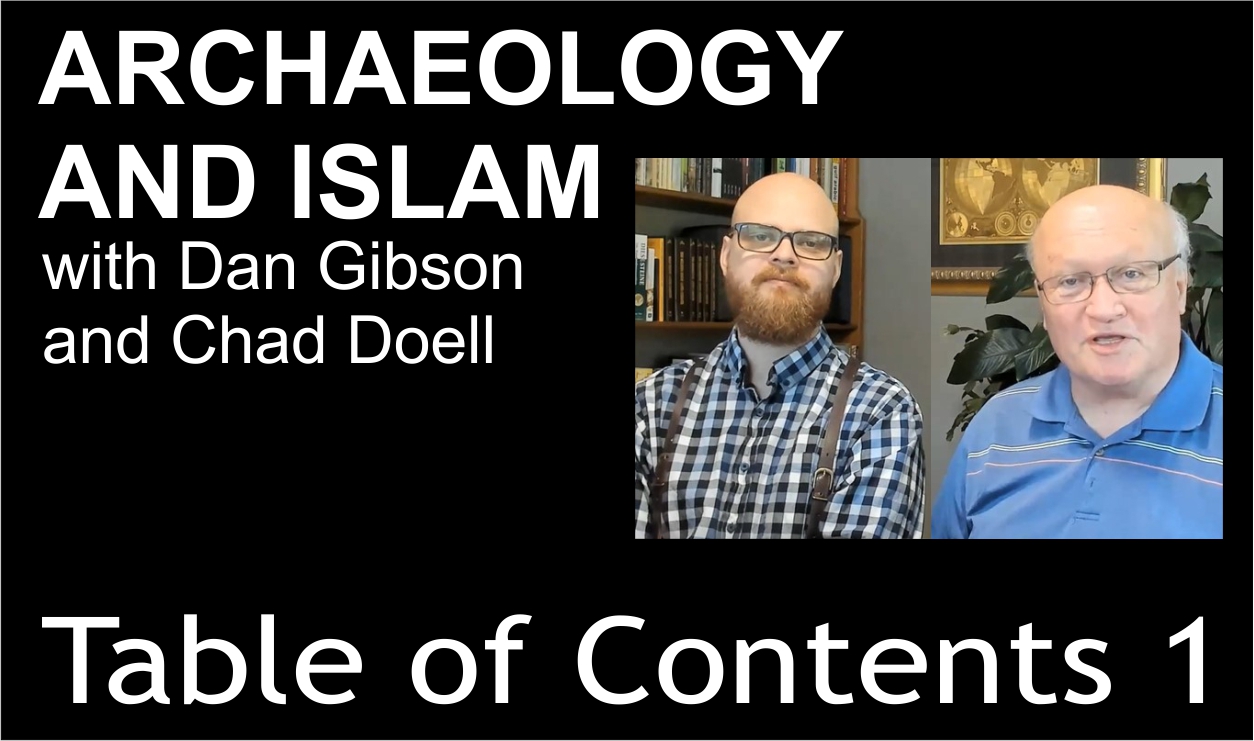
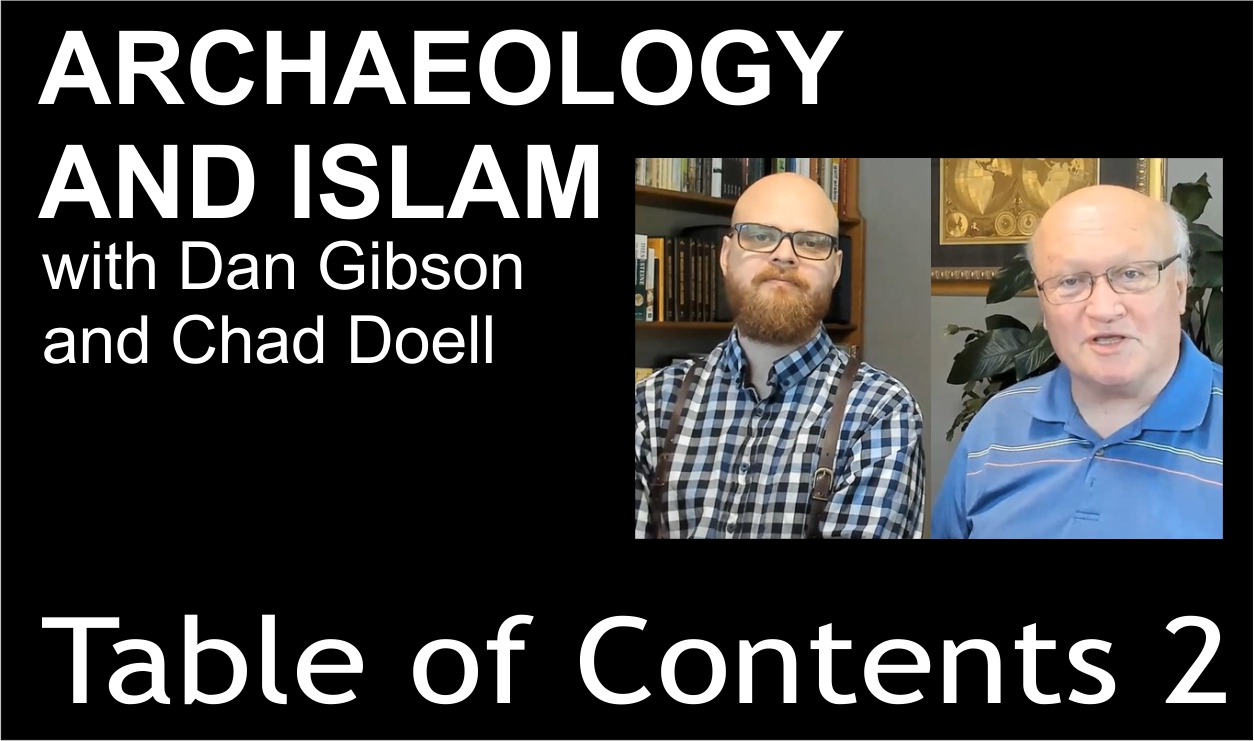



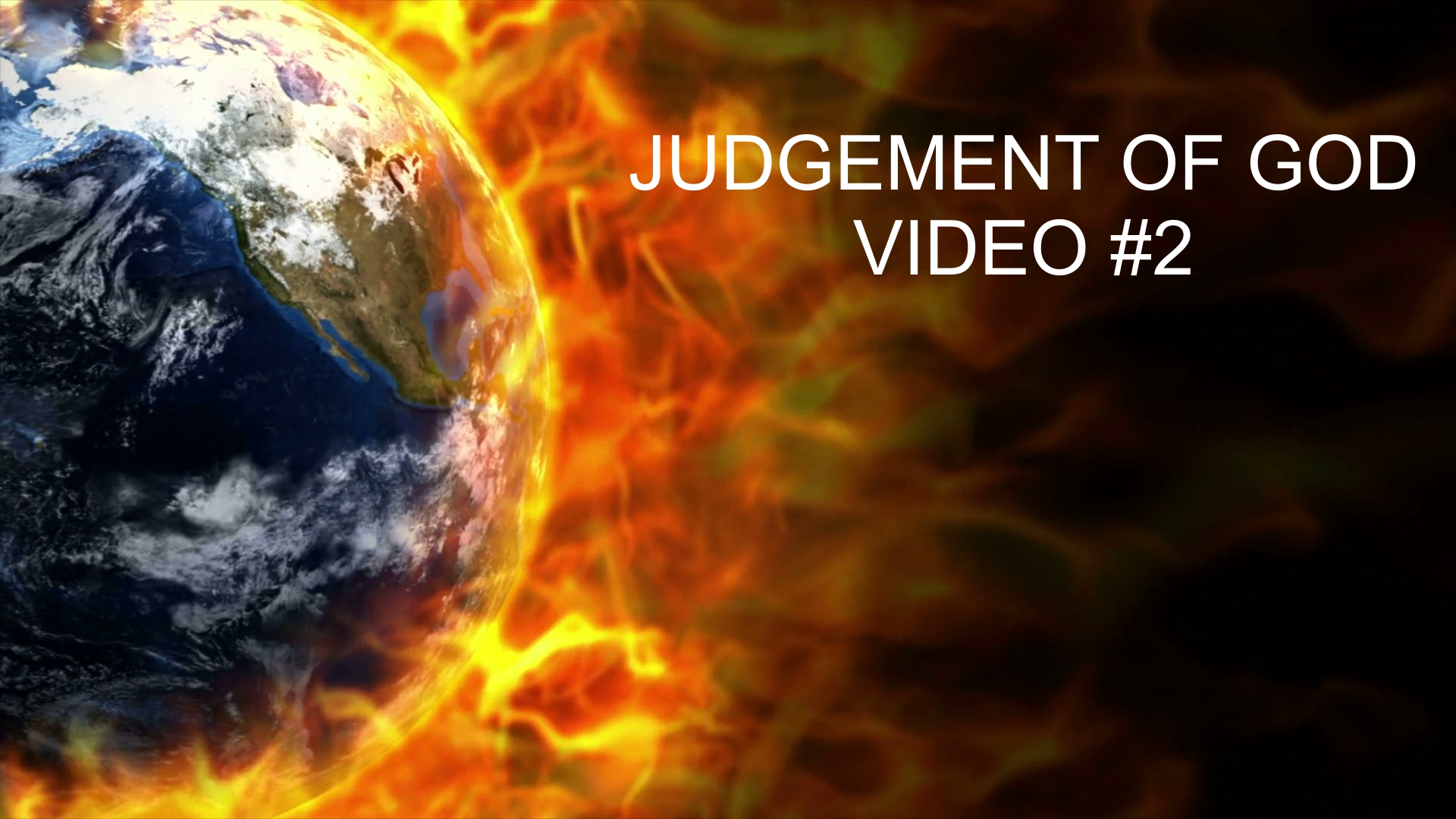
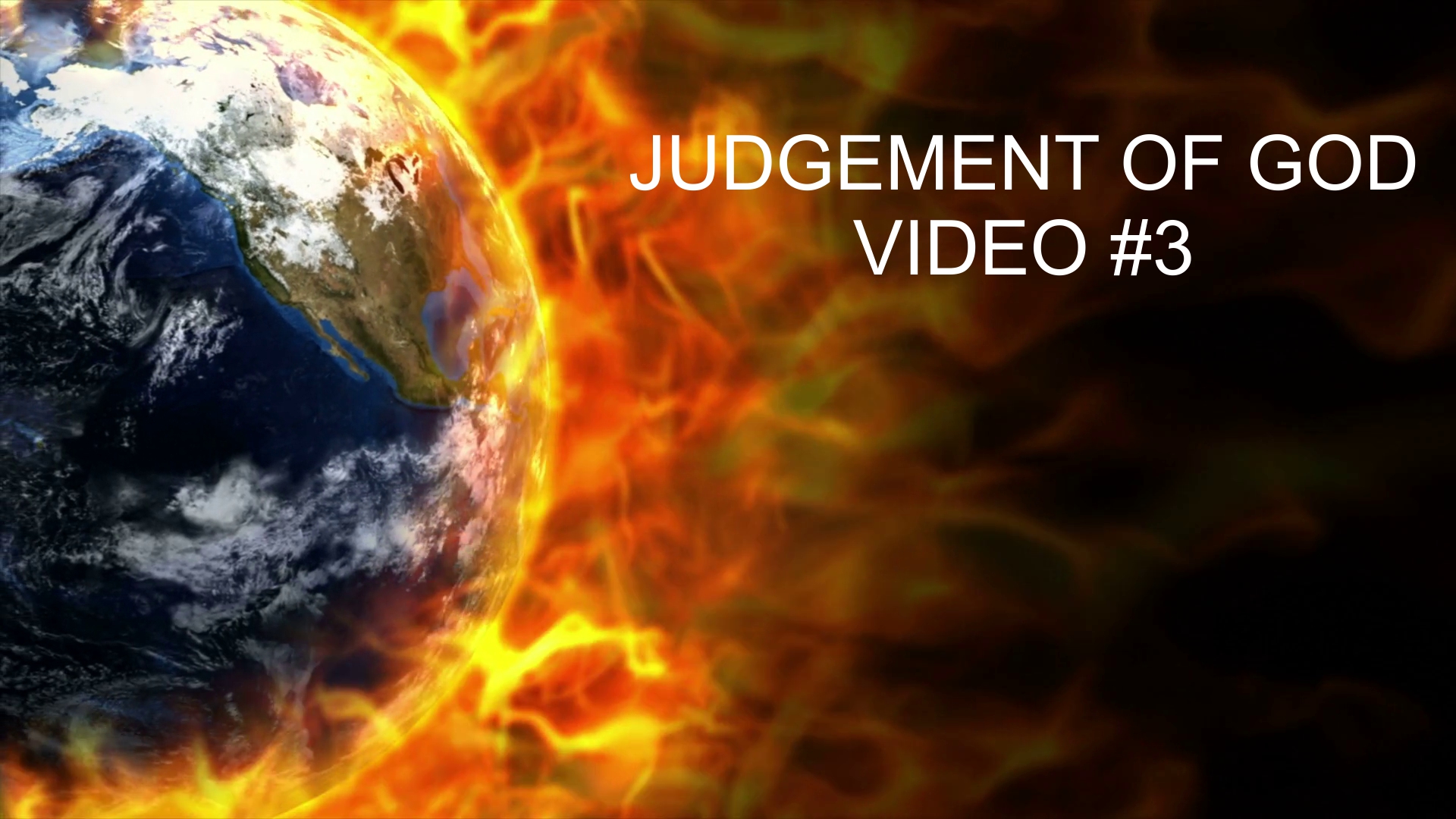
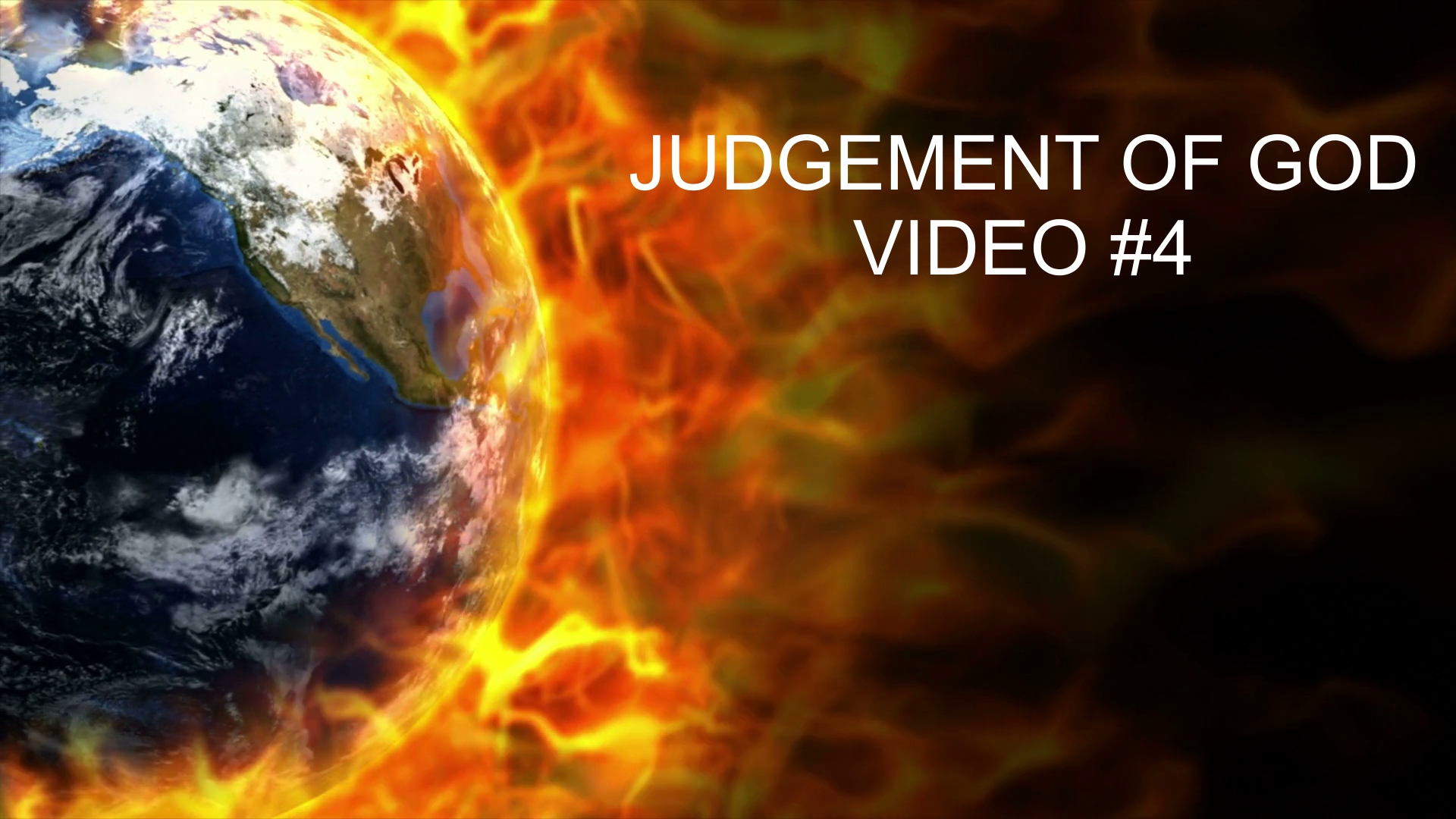
Page Discussion
Membership is required to comment. Membership is free of charge and available to everyone over the age of 16. Just click SignUp, or make a comment below. You will need a user name and a password. The system will automatically send a code to your email address. It should arrive in a few minutes. Enter the code, and you are finished.
Members who post adverts or use inappropriate language or make disrespectful comments will have their membership removed and be barred from the site. By becoming a member you agree to our Terms of Use and our Privacy, Cookies & Ad Policies. Remember that we will never, under any circumstances, sell or give your email address or private information to anyone unless required by law. Please keep your comments on topic. Thanks!